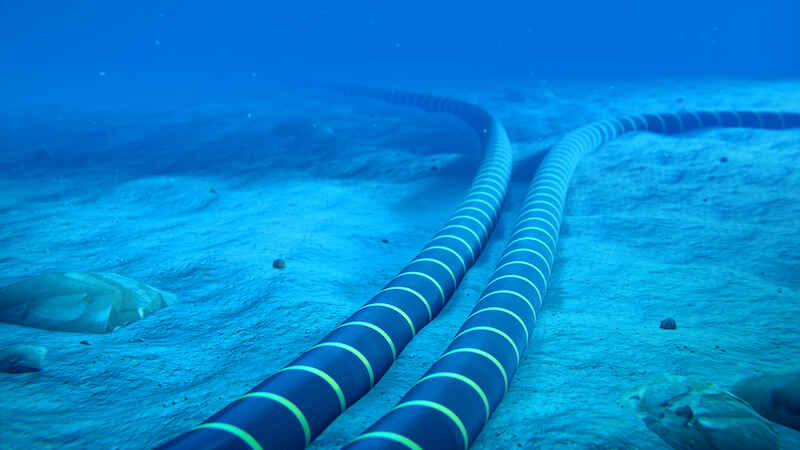Subsea Power Cable to France Damaged by Fire Won’t Come Back Online for 2 Years

An electricity import cable taken out by a fire in September won’t return to full capacity for two years, increasing pressure on Britain’s power supplies and prices.
A blaze broke out at the Sellindge, Kent converter station for the 2GW IFA1 interconnector to France in the early hours of 15 September, forcing the closure of the link.
At the time, owner National Grid said it hoped to return the interconnector to full service by March 2022. Half of its capacity came back online last Wednesday, nearly a month after the fire.
But the FTSE100 energy company says the link needs “extensive work,” and Britain will face two winters without the cable in full service.
National Grid hopes to bring another 500MW of capacity back to service between October 2022 and March 2023, with the remaining 500MW of capacity coming back online by October 2023, two years from now.
“We are completely focused on getting IFA safely returned to service as soon as possible and ensuring we are able to support security of supply,” the firm said in a statement.
The shock closure of the IFA1 cable has rattled an electricity market already bracing for a winter of tight supplies and soaring prices.
With Britain scrambling to procure the natural gas supplies that generate around 40% of our electricity, the country would like to be able to draw power from France’s nuclear power stations. While the IFA2 interconnector switched on last year is still importing electricity from France, the closure of IFA1 will deprive the Britain of much-needed flexibility.
Prior to the fire, Britain was importing more electricity from Europe than ever before. Net imports hit a record of 5,873MW at noon on 20 August, part of a government plant to more closely link our grid to that of Europe, to optimise the use of intermittent renewables.
Phil Hewitt, director of consultancy EnAppSys, said the IFA1 outage will now leave Britain “in a risky position” this winter, “especially if we suffer from periods of low wind and cold temperatures.”
The closure of the cable prompted Britain’s Electricity System Operator (ESO), also owned by National Grid, to revise its forecast for the winter. The ESO is now warning that margins on the electricity grid could fall to as tight as 4.2%, down from the 5.3% predicted in July.
While the ESO says the lights will remain on, the risk of blackouts and power cuts has increased. The ESO may be forced to ask energy-intensive manufacturers to curb their electricity usage, as it did during the winter of 2015-16 when margins fell to 5.1%.
Electricity shortages will also force Britain to rely on the coal power stations it has largely mothballed and will put additional pressure on household energy bills and energy suppliers teetering on the brink of collapse over the surge in natural gas prices.
Read on our blog

With the government poised to implement tough new measures to...

Budget broadband provider TalkTalk has been notifying customers via email...

A year-long investigation by charity Citizens Advice has revealed a...

Education Secretary Nadhim Zahawi has announced a new commitment to...
